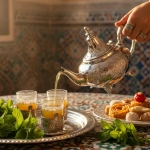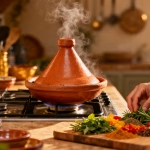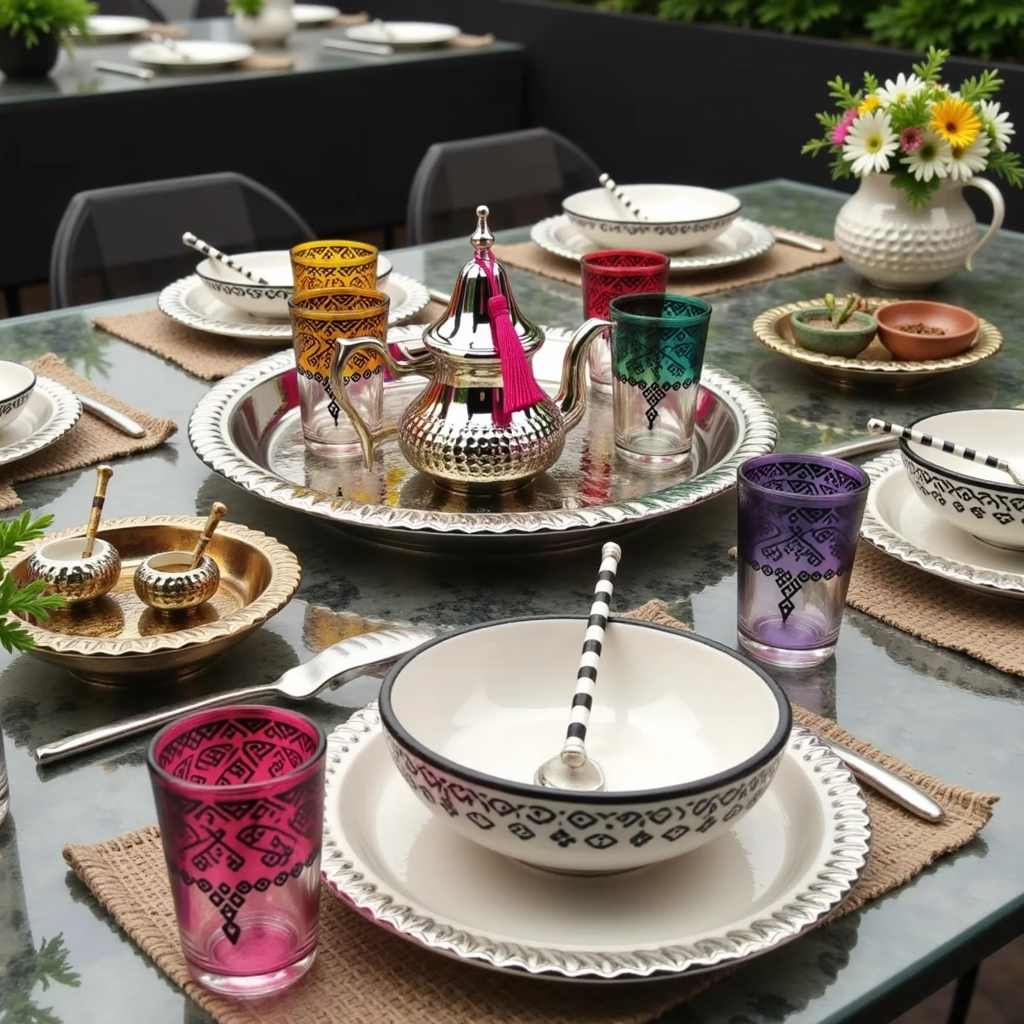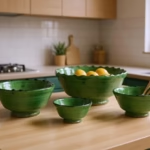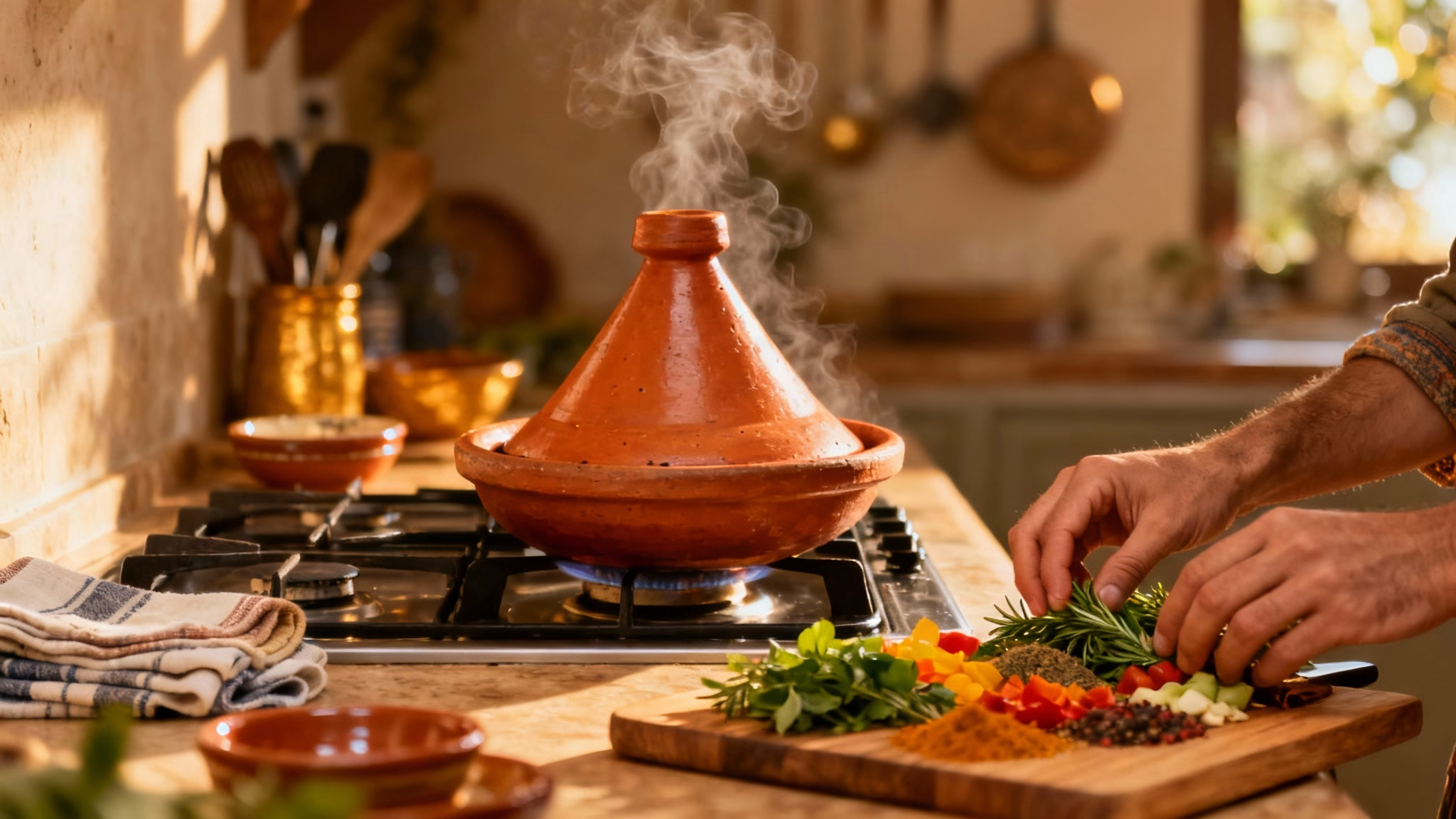
In our fast-paced world where instant gratification reigns supreme, slow cooking stands as a delicious rebellion against the tyranny of the microwave. This ancient culinary technique, practiced across cultures for millennia, transforms humble ingredients into extraordinary meals through patience, low heat, and time. But beyond the mouthwatering results, slow cooking offers a wealth of benefits that extend far beyond the dinner plate.
The Science Behind the Magic
When you cook food slowly at low temperatures—typically between 170°F and 280°F—something remarkable happens at the molecular level. Tough cuts of meat, rich in connective tissue and collagen, gradually break down into gelatin, creating that melt-in-your-mouth texture that’s impossible to achieve with high-heat methods. This transformation doesn’t just improve texture; it unlocks deeper, more complex flavors as proteins and sugars interact through the Maillard reaction over extended periods.
The gentle heat also preserves moisture. Unlike high-temperature cooking that can quickly evaporate liquids and dry out food, slow cooking creates a self-basting environment where steam and condensation continuously recirculate, keeping everything tender and juicy.
Health Benefits That Matter
Slow cooking isn’t just about taste—it’s one of the healthiest cooking methods available. The low temperatures help preserve heat-sensitive nutrients like vitamin C and B vitamins that are often destroyed by aggressive cooking methods. Because slow cooking requires minimal added fats, you can create rich, satisfying meals without excess calories from oils or butter.
Perhaps most importantly, slow cooking makes nutrient-dense foods more digestible. The extended cooking time breaks down complex proteins and fibers, making it easier for your body to absorb essential nutrients. This is particularly beneficial for legumes, grains, and tougher vegetables that can be hard to digest when undercooked.
The method also allows you to use bone-in cuts and even bones themselves, extracting valuable minerals like calcium, magnesium, and phosphorus, along with collagen and amino acids that support joint health, skin elasticity, and gut function.
Economic and Practical Advantages
Your wallet will thank you for embracing slow cooking. This method excels at transforming inexpensive, tough cuts of meat—like chuck roast, pork shoulder, or lamb shanks—into restaurant-quality dishes. These cuts are often half the price of premium steaks but deliver equally satisfying results when given time and proper treatment.
Slow cooking also reduces food waste. Those slightly wilted vegetables, herb stems, and vegetable scraps that might otherwise hit the compost bin become valuable flavor contributors in a slow-cooked dish. The forgiving nature of slow cooking means you’re less likely to overcook or burn food, reducing costly kitchen mistakes.
From a practical standpoint, slow cooking is remarkably hands-off. Unlike stovetop cooking that requires constant monitoring and stirring, you can set up your slow-cooked meal in the morning and return home to a fully prepared dinner. This “set it and forget it” approach is perfect for busy professionals, parents, and anyone who wants homemade meals without spending hours in the kitchen.
Environmental Impact
In an era of climate consciousness, slow cooking offers surprising environmental benefits. Modern slow cookers and low-temperature ovens use significantly less energy than conventional cooking methods. A slow cooker typically uses about the same amount of electricity as a standard light bulb—roughly 75-150 watts compared to 2,000-5,000 watts for an electric oven.
By making cheaper cuts of meat delicious, slow cooking also encourages nose-to-tail eating, reducing the demand for only premium cuts and supporting more sustainable meat consumption. When you can make a tough, underutilized cut taste incredible, you’re participating in a more efficient food system.
The Flavor Development Phenomenon
The extended cooking time allows flavors to meld and develop in ways that quick cooking simply cannot replicate. Aromatics like onions, garlic, and ginger release their essential oils gradually, infusing every component of the dish. Spices bloom and their flavors deepen, becoming more rounded and less harsh.
Slow cooking also creates layers of flavor through reduction and concentration. As liquids slowly evaporate, flavors intensify, creating rich, complex sauces and broths that taste like they’ve been labored over by a professional chef. The gentle bubbling action continuously redistributes these flavors, ensuring every bite is perfectly seasoned.
Mental Health and Mindfulness Benefits
There’s something deeply satisfying about slow cooking that transcends the practical. The act of preparing ingredients, knowing they’ll transform over hours into something wonderful, creates a sense of anticipation and mindfulness. In a world of instant results, slow cooking teaches patience and rewards it generously.
The aromas that gradually fill your home as a dish slow-cooks create a sense of comfort and well-being. These scents trigger positive memories and associations, reducing stress and creating a welcoming atmosphere. Coming home to a house filled with the smell of a home-cooked meal is a form of aromatherapy that no candle can replicate.
Versatility Across Cuisines
Slow cooking isn’t limited to one type of cuisine or dish. From American pot roasts and Southern barbecue to French coq au vin, Italian osso buco, Indian curries, and Asian braised dishes, virtually every culinary tradition has embraced slow cooking techniques. This versatility means you’ll never get bored—there’s always a new slow-cooked dish to explore.
Soups, stews, braises, roasts, beans, grains, and even desserts benefit from the slow cooking approach. You can make everything from pulled pork and beef bourguignon to steel-cut oatmeal and bread pudding using these gentle, time-honored methods.
Better Meal Planning and Batch Cooking
Slow cooking naturally lends itself to batch cooking and meal prep. Most slow-cooked dishes taste even better the next day as flavors continue to develop, making them perfect for preparing in advance. You can easily double or triple recipes, freeze portions, and have homemade meals ready for busy weeknights.
This approach reduces decision fatigue and the temptation to order takeout when you’re tired. Knowing you have a delicious, nutritious meal waiting in the freezer provides both convenience and peace of mind.
Traditional Vessels: The Moroccan Approach to Slow Cooking
While modern slow cookers and Dutch ovens have made this cooking method accessible to everyone, some of the most authentic and flavorful slow-cooked dishes come from traditional vessels that have been perfected over centuries.
Moroccan tagine pots represent one of the most ingenious designs in culinary history. These distinctive cone-shaped earthenware vessels create a unique cooking environment where steam rises into the conical lid, condenses, and drips back down onto the food, creating a continuous self-basting cycle. This design requires minimal liquid and produces incredibly tender, aromatic dishes infused with spices like cumin, coriander, saffron, and cinnamon. The porous clay also adds subtle earthy notes to the food while distributing heat evenly, preventing hot spots that can cause burning.
Equally fascinating is the Marrakesh tanjia, a traditional cooking vessel that takes slow cooking to an entirely different level. This cylindrical clay pot, narrower at the top than the bottom, was historically used by Moroccan workers who would fill it with meat, preserved lemons, spices, and a bit of water, seal it with parchment, and take it to the local hammam (bathhouse). The tanjia would be buried in the ashes of the hammam’s furnace and left to cook for hours—sometimes an entire workday—resulting in impossibly tender meat infused with deep, complex flavors. This ultimate “set it and forget it” method produced meals that required virtually no attention yet delivered extraordinary results.
Both of these traditional Moroccan cooking vessels embody the philosophy that the best things in life are worth waiting for, and that time, patience, and the right tools can transform simple ingredients into something truly magical.
Sources: University of Nebraska–Lincoln – ResearchGate – National Institutes of Health (NIH)
